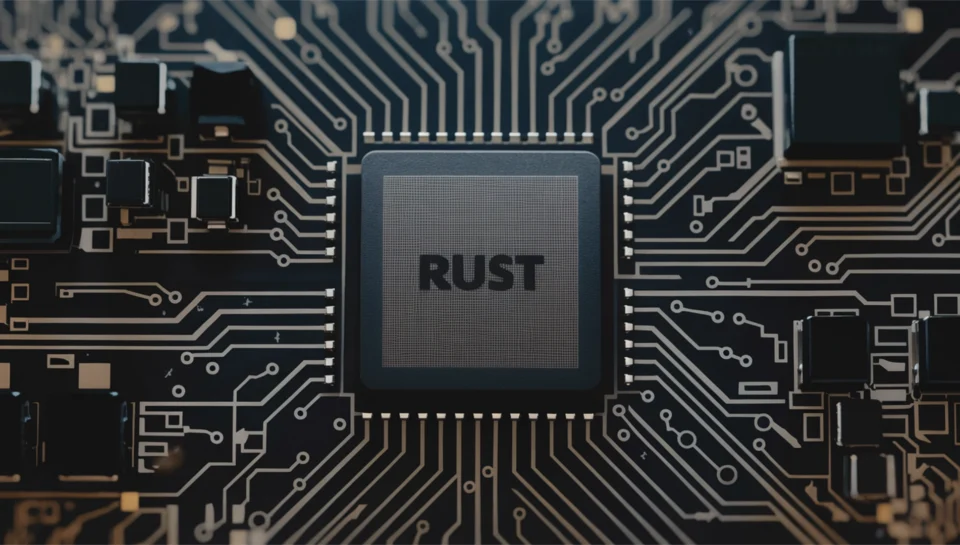Embedded systems are a cornerstone of modern technology, powering devices from smart home appliances to industrial machinery. Developing software for these systems often involves working with limited resources and strict performance requirements, making safety and efficiency paramount. Rust, with its innovative features, has emerged as a compelling choice for embedded systems development.
One of Rust’s most significant advantages is its memory safety. In embedded systems, memory corruption can lead to catastrophic failures. Rust’s ownership model eliminates common bugs such as dangling pointers and data races, ensuring that embedded applications are both safe and robust. This is particularly important in safety-critical domains like automotive systems and medical devices.
Rust’s “no-std” feature enables developers to create programs without relying on the standard library, which is essential for resource-constrained environments. Coupled with libraries like `embedded-hal`, Rust provides abstractions for working with hardware peripherals, making it easier to write portable and reusable code. Developers can focus on application logic while leveraging Rust’s strong type system to prevent errors.
Concurrency is another area where Rust shines. Many embedded applications require real-time performance, which involves managing multiple tasks efficiently. Rust’s zero-cost abstractions and support for asynchronous programming make it possible to write high-performance, concurrent code without sacrificing safety.
The Rust community has also contributed significantly to its adoption in embedded systems. Projects like `RTIC` (Real-Time Interrupt-driven Concurrency) and `Tock` OS demonstrate how Rust can be used to build complex, real-time applications. These tools and frameworks provide developers with the building blocks needed to create reliable and scalable embedded systems.
Real-world examples of Rust in embedded systems include its use in microcontroller programming and IoT devices. Companies like Oxide Computer and Ferrous Systems are leveraging Rust to develop innovative solutions in hardware and software integration. These success stories showcase Rust’s potential to revolutionize the embedded domain.
As the demand for safer and more efficient embedded systems grows, Rust’s unique features position it as an ideal language for the job. By combining low-level control with modern programming paradigms, Rust is enabling developers to push the boundaries of what embedded systems can achieve.



